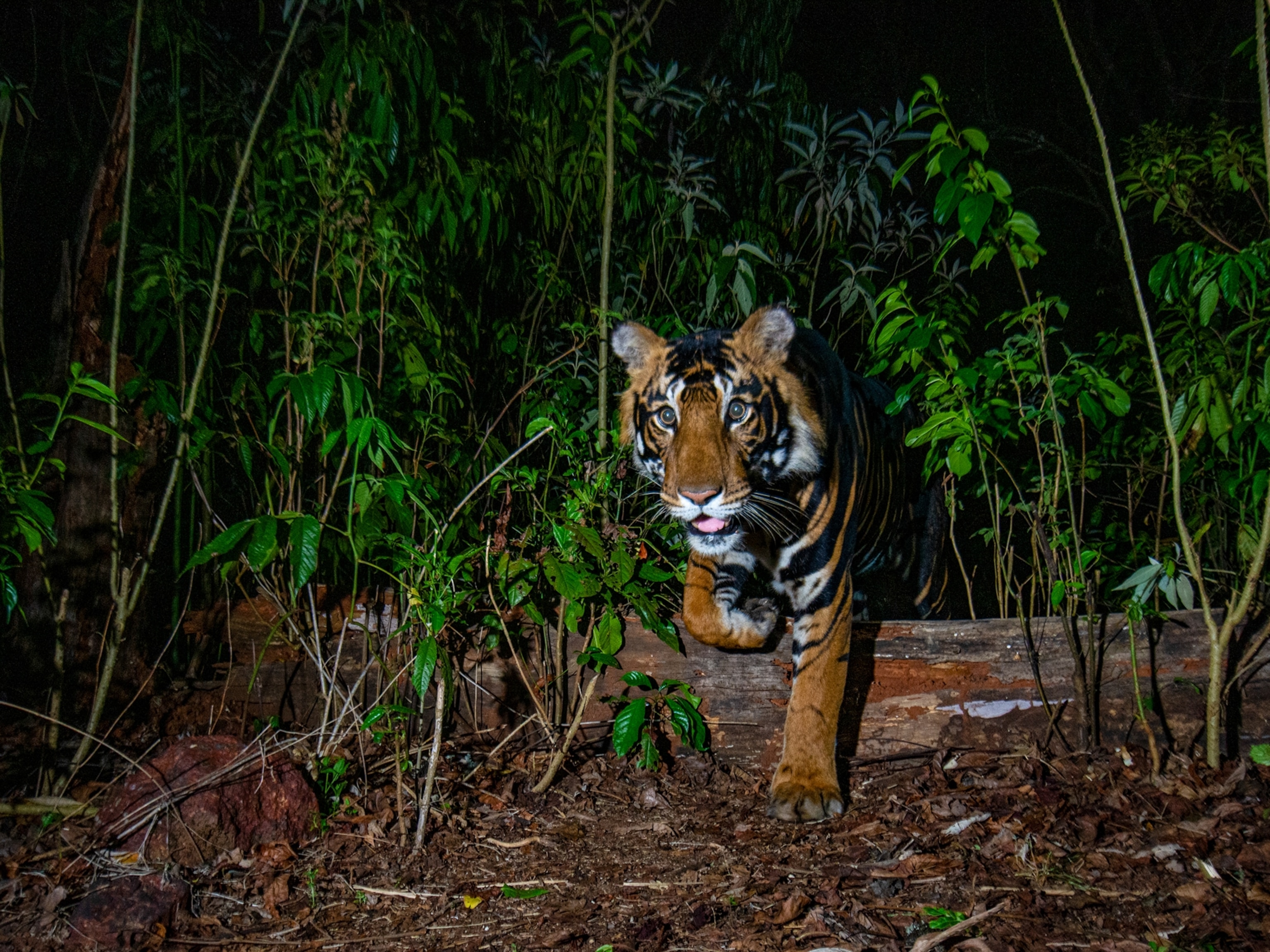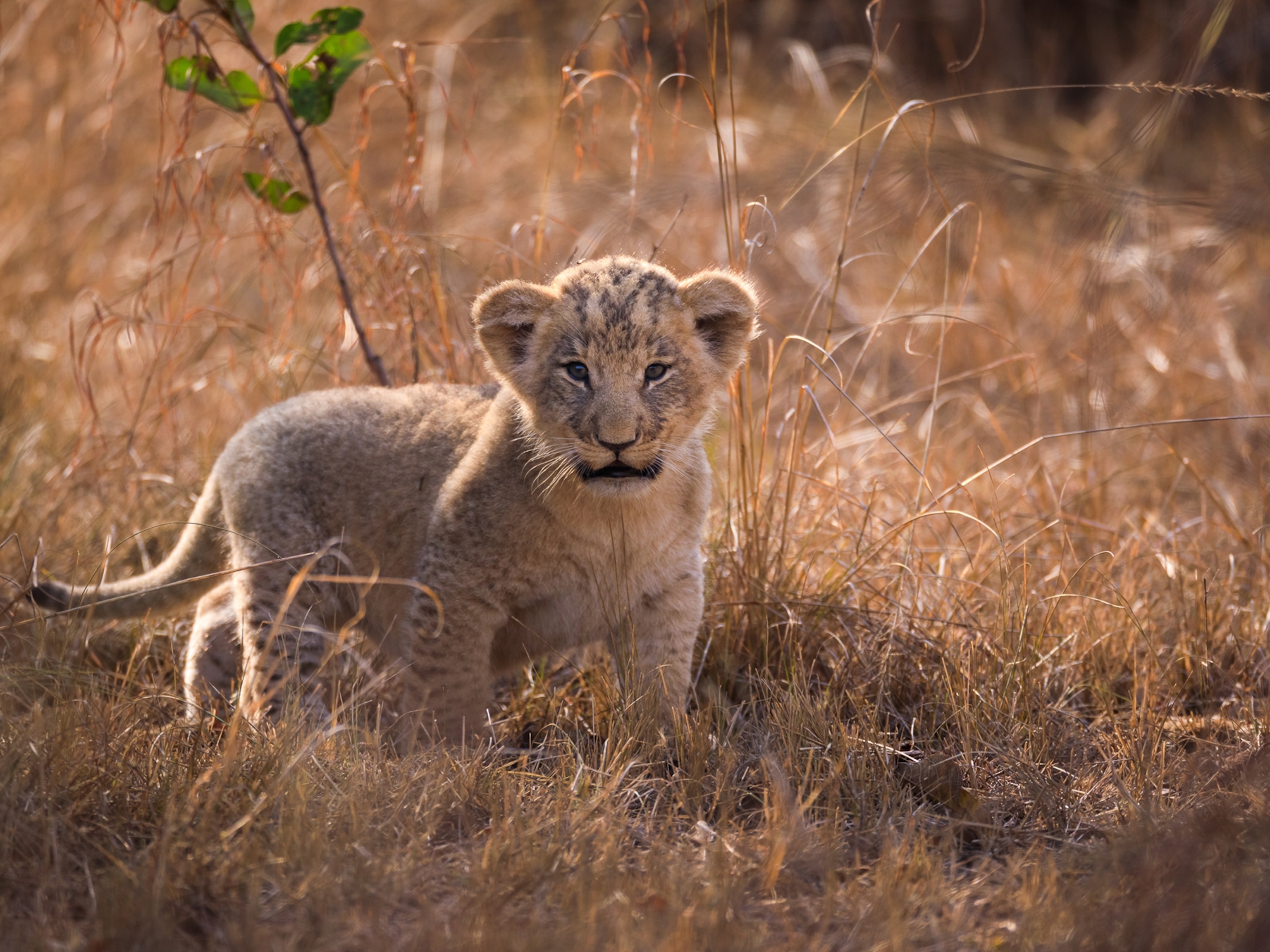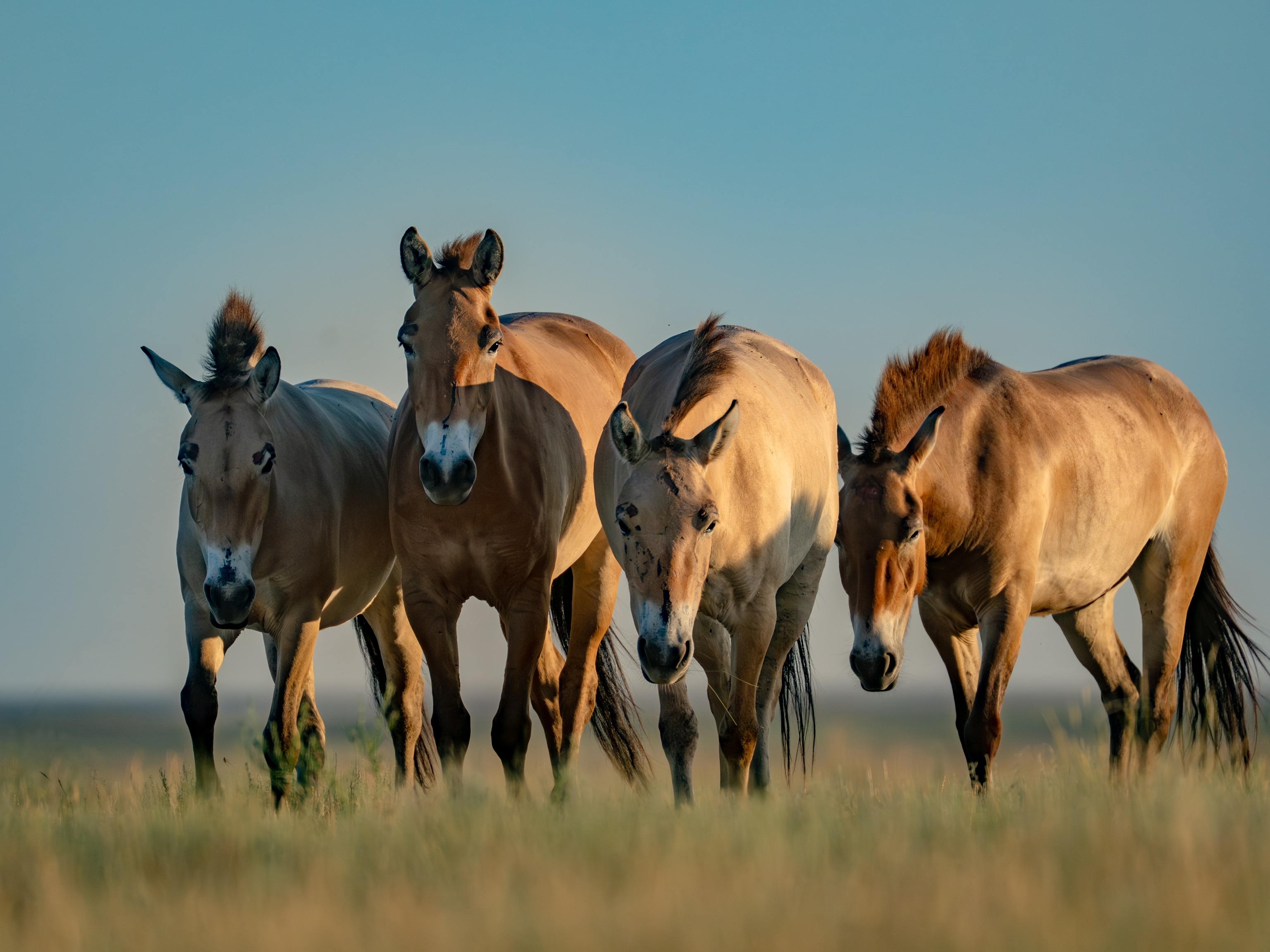Tiger That Wandered a Russian City Is Returned to the Wild
Found roaming an urban area in Siberia, this rare Amur tiger was rehabilitated and set free inside a national park.
After months of confinement, Vladik the tiger is finally free.
In May 15, the Siberian tiger, also known as an Amur tiger, was released into Bikin National Park in the Russian Far East after spending eight months in a rehabilitation center.
Vladik is named for the city in which he was captured last year—Vladivostok. According to a press release from the Amur Tiger Center, he initially wandered into the city in October 2016, and soon found himself the star of many phone videos shot by startled urbanites.
In a statement, Sergei Aramilev, director of the Far East branch of the Amur Tiger Center, says it's unclear how Vladik ended up in the city.
However, male tigers are known to wander for miles when hunting or searching for a mate. It's possible he strayed from the perimeters of the national park where he was released, which is roughly 350 miles from Vladivostok. On October 20 of last year, police received a tip that Vladik was moving through a bay area near the city. They quickly moved to his location, firing a sedative shot.
Preparing Vladik for release into the wild was no easy task. At the time of his capture, rescuers determined that Vladik was roughly three years old, just over 300 pounds, and was free of injuries. His rehabilitation included testing for diseases, inspection, and outfitting Vladik with a location tracker.
In an email with National Geographic, press secretary for the Amur Tiger Center Andrey Shorshin noted that the rehabilitation center helps “conflict tigers,” or any tiger not existing healthily in the park. At the center, they receive veterinary support and are occasionally taught skills like hunting to prepare them for a return to the wild.
When Vladik initially ventured into the city, animal rescuers feared that he was sick or injured. A news report written shortly before his capture noted that Siberian tigers are rarely seen in the region and even less often seen alone because tigers often travel within family groups.
For his return to the wild, Vladik was heavily sedated and loaded into a metal crate. Rescuers from the tiger center, representatives of World Wildlife Fund Russia, and Russia’s Natural Resources Minster Sergey Donskogo traveled with Vladik as he was flown to the park in a small helicopter.
Officials picked a densely forested, isolated location by a river in the park. They hope that the spot's remoteness will keep Vladik from wandering into urban areas in the future.
In video footage of the release, after his crate is set down and the door opened, a bewildered-looking Vladik at first remains inside and scans his surroundings for potential threats. Then, he erupts from the confines of the crate and runs across the riverbank in a long arc toward the fringe of the forest, where he is lost from view.
The Amur Tiger Center will continue monitoring Vladik's movements by using a GPS collar placed on his neck during rehabilitation.
Vladik will join the other Amur tigers of Bikin National Park, which is home to 10 percent of the world's endangered Amur tiger population.
Siberian tigers are a protected species in Russia. Since the 1930s, they have made a considerable comeback when there were once as few as 30.
Today, the WWF estimates that as many as 500 Siberian tigers roam through Russia’s far east.





